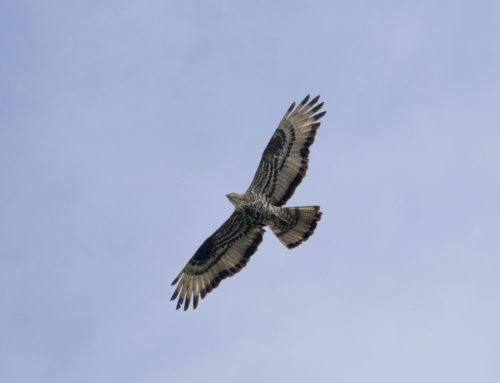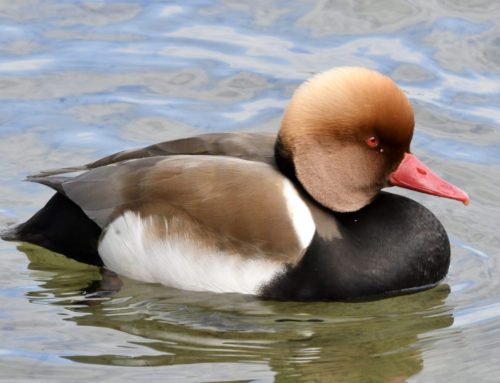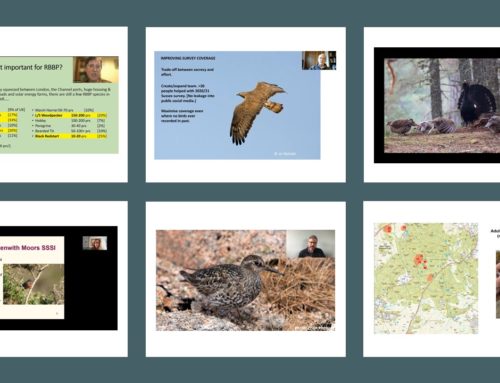The National Willow Tit survey: an update (March 2021)

Willow Tit by Mark Eaton
Unfortunately, due to the level of restrictions in the current lockdown, and no signs that they will be eased very quickly, RSPB and partners have taken the decision to cancel fieldwork for the national Willow Tit survey this year. Simon Wotton, Senior Conservation Scientist in the RSPB Centre for Conservation Science, explains.
The survey was due to take place from mid February to mid April, but we feel that it is best to err on the side of caution given that the survey is mainly volunteer-based and there are different levels of restrictions in England, Scotland and Wales.
Coverage exceeded our expectations in most areas during 2019 and 2020, but there were still some areas where more coverage in 2021 would have helped give us a better idea of overall numbers and range change at a county level. We would like to thank everyone who has taken part in this survey over the past two years.

Over 1,500 tetrads have been surveyed across the Willow Tit range in England, Scotland and Wales. The red squares are tetrads where Willow Tits have been recorded and blue squares where they were not found.
Although we have cancelled the national survey plans, if covid restrictions are eased before mid April and you are able to carry out some Willow Tit survey work, while adhering to the letter and spirit of Government regulation and guidance on outdoor activities in your local area, we would be able to make use of any additional survey data. Any survey data can be entered online here.
We will be starting to analyse the survey data over the summer and will aim to have population estimates – country, regional and county (where possible) – ready before the end of 2021.
Why did we run the first national Willow Tit survey?
Britain’s endemic subspecies of Willow Tit is Red listed and is the fastest declining resident bird in the UK, and the second fastest declining species after Turtle Dove. RSPB and others have conducted research into causes of decline and are trialling woodland management solutions.
However, due to the declining numbers, monitoring the species is becoming increasingly difficult. Although the BTO/JNCC/RSPB UK Breeding Bird Survey is still able to produce an annual trend, showing a decline of 82% between 1995 and 2018, the sample size in 2018 was just 24 squares.
That said, the long-term Common Bird Census (CBC)/Breeding Bird Survey (BBS) index for Willow Tit shows a serious decline, since the early 1970s, even if the sample sizes are very low in recent years.

Graph downloaded from BTO Birdtrends
Collation of Willow Tit records by the Rare Breeding Birds Panel since 2010 has proved increasingly useful, but is currently insufficient to produce robust population estimates, measures of change or current distribution maps. Thus, a national survey was needed if our conservation work is going to be properly underpinned by evidence.
Looking ahead, please submit any Willow Tit records to your county recorder or via BirdTrack, a partnership between the BTO, the RSPB, Birdwatch Ireland, the Scottish Ornithologists’ Club and the Welsh Ornithological Society.
This work is funded by Natural England through its Action for Birds in England (AFBiE) programme.
Some links to Covid-19 guidelines and restrictions
England: https://www.gov.uk/coronavirus
Scotland: Coronavirus in Scotland – gov.scot (www.gov.scot)






